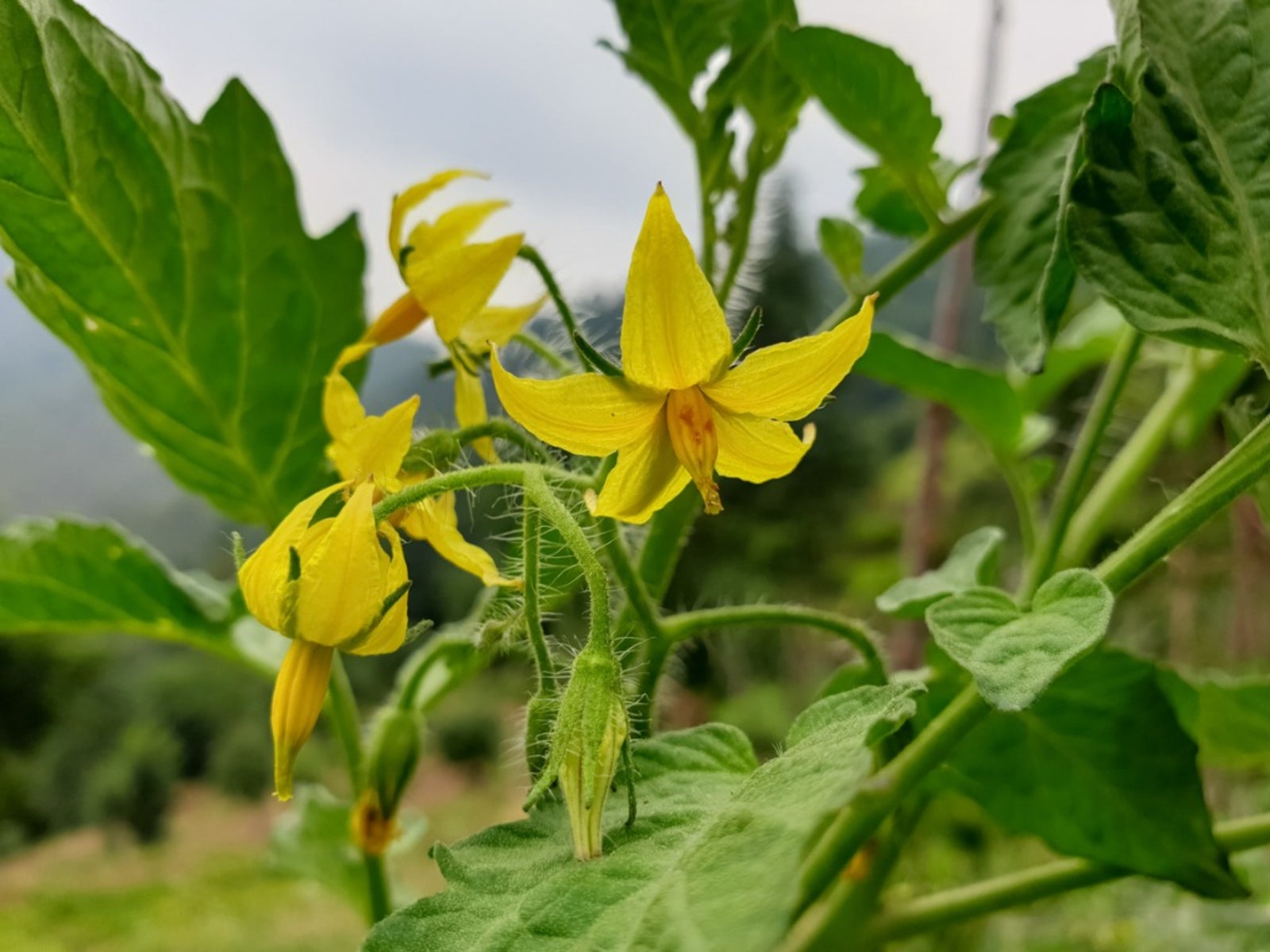Controlling Cross Pollination - How To Stop Cross Pollination


Cross pollination can cause problems for gardeners who wish to save the seeds of their vegetables or flowers from year to year. Unintentional cross pollination can “muddy” the traits you want to keep in the vegetable or flower you are growing.
Can You Control Cross Pollination?
Yes, cross pollination can be controlled. You need to take some extra steps though to ensure that cross pollination does not occur.
Prevent Cross Pollination by Growing One Species of Plant
One method is to only grow one variety of a species in your garden. Cross pollination is unlikely to happen if there is only one variety of a species of plant in your garden, but there is a very slight chance that a stray pollinating insect could carry pollen to your plants. If you would like to grow more than one variety, you need to determine if the plant you are growing is self or wind and insect pollinated. Most flowers are wind or insect pollinated, but some vegetables are not.
Stopping Cross Pollination in Self-Pollinating Plants
Self-pollinated vegetables include:
Self-pollinated plants mean that the flowers on the plants are designed to pollinate themselves. Accidental cross pollination is more difficult in these plants, but still very possible. You can eliminate a significant chance of cross pollination in these plants by planting different varieties of the same species 10 feet (3 m.) apart or more.
Preventing Cross Pollination in Wind Or Insect Pollinated Plants
Almost all decorative flowers are wind or insect pollinated. Wind or insect pollinated vegetables include:
With wind or insect pollinated plants, the plants need pollination from flowers on other plants (either the same or different varieties) to produce healthy seeds. To prevent cross pollination, you would need to plant different varieties 100 yards (91 m.) or more apart. This is normally not possible in the home garden. Instead, you can select a bloom that you will later collect seeds from the fruit or seedpod. Take a small paintbrush and swirl it inside the flower of a plant of the same variety and species, then swirl the paintbrush inside the flower you have selected. If the flower is large, you can tie the flower shut with some string or a twist tie. If the flower is smaller, cover it with a paper bag and secure the bag in place with string or a twist tie. Do not use a plastic bag as this can trap heat around the seedpod and kill the seeds inside.
Gardening tips, videos, info and more delivered right to your inbox!
Sign up for the Gardening Know How newsletter today and receive a free copy of our e-book "How to Grow Delicious Tomatoes".

Heather Rhoades founded Gardening Know How in 2007. She holds degrees from Cleveland State University and Northern Kentucky University. She is an avid gardener with a passion for community, and is a recipient of the Master Gardeners of Ohio Lifetime Achievement Award.